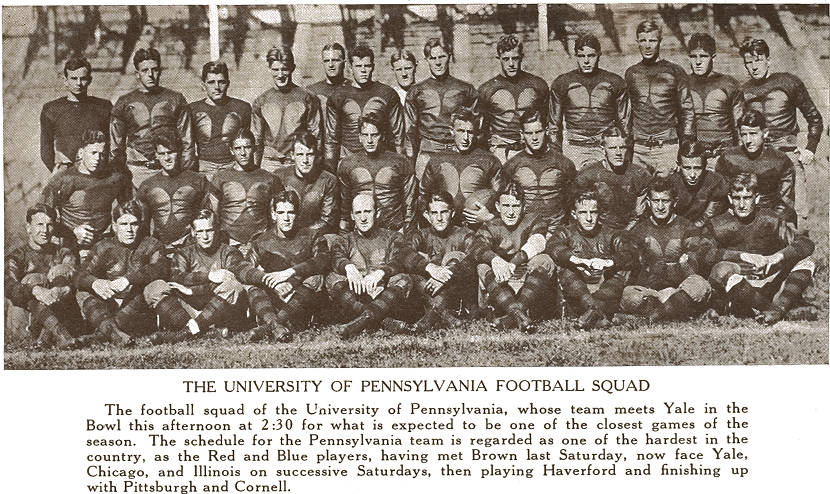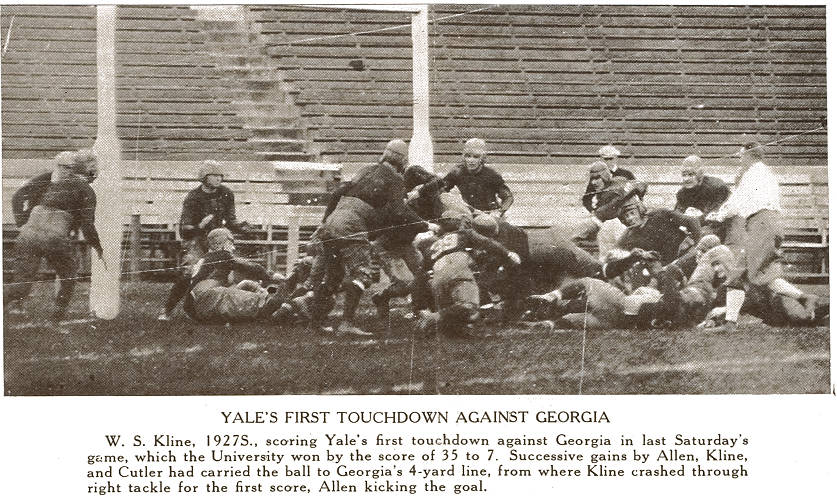It’s not easy being a UMass football fan.
As of this writing, the Minutemen are 28-136 (.170 winning percentage) over 13 1/2 seasons since leaving the Football Championship Subdivision for the Football Bowl Subdivision in 2012. Some people say UMass should return to FCS; others say the school should just dump the sport entirely and spend the money on, well, anything else. Fans, what few are left, are wondering what sins they committed in a previous life to deserve this fate. Most UMass students likely don’t remember the last time the school fielded a winning team (2010, when it went 6-5 in its next-to-last FCS season).
It wasn’t always like this.
As noted elsewhere, UMass had a loud-and-proud football history. An FCS (I-AA) title in 1998. National title game appearances in 1978 and 2006. Bowl games in 1964 and 1972. A 1963 team that allowed 12 points ALL SEASON. Twenty-two conference titles.
One season that stood out in hearts and minds (not to mention the trophy case) was 1978, the first season of I-AA (now FCS), which was created when Division I split into two to separate the Alabamas of the world from the small fry. (Yeah, like there are no small-fry teams in today’s “big time” football.) UMass, which was officially Division II for football purposes along with the rest of its Yankee Conference brethren, was one of 43 charter members of the new division.
 |
| The 1978 UMass Minutemen. |
The program, like now, was in a period of uncertainty. Beloved coach Dick MacPherson had just left for an assistant’s post with the Cleveland Browns and was replaced by unproven assistant Bob Pickett. The team had graduated a talented group of seniors from 1977’s 8-3 bunch that ran the table in the Yankee Conference and reached the NCAA Division II quarterfinals. The school was in a budget crunch, according to an Ernie Roberts column in the January 11, 1978 Boston (Evening) Globe that noted reductions in scholarships, a struggle to recruit on a level with the likes of New Hampshire and other YC rivals and an administration that seemed more focused on intramural programs.
Despite the shaky situation and a tough schedule that included five I-A schools (only two, Boston College and Rutgers, remain in football’s top tier today), the Globe still picked the Minutemen to win the YC that fall.
 |
| UMass poised for action against New Hampshire in 1978, a 34-7 Minuteman win. |
UMass dropped two of its first three games (Villanova and Harvard, both I-A programs at the time), then won seven of its final eight regular-season games, including all five Yankee Conference contests. A 19-17 win over Rhode Island on Oct. 21 sent the Minutemen into the Associated Press top 10 rankings for the first time. UMass dropped out of the rankings two weeks later after a loss to I-A Rutgers, but 33-8 win over I-A Holy Cross sent the team back in the top 10 to stay.
The Minutemen ended the season with a 27-0 win over I-A Boston College (which went 0-11 that year). Eleven UMass players were named all-Yankee Conference, and guard Bruce Kimball was named a I-AA All-American. Running back Dennis Dent, all 5-feet-7 and 157 pounds of him, ran for 1,139 yards (a school record at the time) and nine TDs, and backfield-mate Hank Sareault added 823 yards and seven scores. Quarterback Mike McEvilly threw 12 TD passes.
Defensively, Kevin Sullivan (no, not the famous pro wrestler and Boston native) and John Beerworth picked off eight passes each. Pickett was named ECAC I-AA coach of the year.
The first I-AA tournament consisted of a whopping four teams. UMass, seeded No. 4 with an 8-3 record, traveled to the University of Nevada and dismantled the top-seeded and undefeated Wolf Pack 44-21 in the semis on the strength of Dent’s 96-yard TD kickoff return and Sullivan’s three interceptions.
 |
| Using a faux-New York Daily News motif, the Massachusetts Daily Collegiate previews the 1978 I-AA national championship game. |
UMass’ dream ride came to an end in the I-AA final (a.k.a. the Pioneer Bowl), where the Minutemen fell to Florida A&M 35-28 in Wichita Falls, Texas (roughly halfway between Dallas and Oklahoma City). Rattler running backs Mike Solomon and Melvin McFayden combined to run for 384 yards in 25 mph winds for fierce A&M failed to complete a pass.
While UMass didn’t return to the I-AA playoffs for another decade, the Minutemen won three of the next four YC titles and reaffirmed their status as one of New England’s top programs.
UMass’ uniforms had one of my all-time favorite logos — the minuteman perched between the “U” and “M.” That logo needs to make a comeback — along with the rest of the program.
.png)
.png)





.png)
.png)
.png)
.png)
.png)
.png)
.png)
.png)
.png)
.png)


.png)
.png)


.png)



.png)

.png)

.png)

.png)

.png)

.png)

.png)

.png)
.png)

.png)

.png)


.png)
